LEADERSHIP
Towards new leadership. Momentum for renewal.
The challenges of leadership and management
Closed topic (2010-2012)
From 2010 to 2012 Sitra carried out the Leadership Programme for Public Administration.
The economic situation, demographic changes and the diversifying needs of citizens drive us to seek innovative solutions for increasing public administration efficiency. This poses a challenge for leadership and management. Together with municipalities and state administration, we will seek development paths for new leadership. Since organizations, their tasks and legacies differ from one another, there is no single model of new leadership that would fit them all.
According to Sitra’s Public Leadership Barometer, improving productivity and managing scarcity are considered the greatest challenges of public administration management. Ageing, incentive systems and well-being at work also emerge as major challenges.
Renewing public administration requires renewing leadership. We look at leadership from the perspectives of people, the work community and management at all levels of public administration. The focus will be on both management systems and the operating conditions of an individual as part of an organization. The goal is to promote systemic changes at the system level without compromising existing strengths. This change requires the full expertise and development potential of competent, professional and well-educated public sector staff.
Resolving challenges
Employee-driven innovation management
The development of public sector services has on occasion been hampered by insufficient implementation of new ideas and the slow dissemination of innovations. The reform of the public service sector may be promoted by means of an employee-driven innovation management model, by increasing the development opportunities of the staff and through job rotation. For example, the perspective of employee-driven innovation management, which combines innovation management and well-being at work, is a promising new approach.
Productivity from Quality of Work Life (LATU)
The purpose of the Productivity from Quality of Work Life (LATU) project is to improve the quality of work life and community management through an employee-driven approach. It will also aim to increase efficiency at work and reduce personnel expenses. The project will be carried out in 2011–2013 with the town of Lieksa and the municipalities of Hollola, Punkalaidun, Masku and Siikajoki. A genuine reform of the municipal organisation requires the creation of structures and operating models which enable renewal. As a key requirement for success, municipalities need to establish a work life-driven development model which, through good leadership and supervisor work, provides employees with sufficient abilities for renewal and for developing their own work in a goal-oriented manner.
At its best, implementing job rotation as part of the strategy leads to insights into how operating methods can be reformed. After a job rotation experience, it is easier for employees to understand the bigger picture and their own role in it. Employees learn new things and how the same thing can be done in another way. Networking supports the establishment of a more uniform operating culture.
Empowerment supports the renewing organization. An employee is empowered when he or she understands his or her duties and can perform them without ongoing negative stress. The level of empowerment can be increased by investing resources in the development of work and working conditions, self-management, well-being at work, workplace development and leadership. Its effects are visible in the level of innovation, motivation and productivity. A leader’s interactive skills are important to the overall functioning of the organization.
Values-driven public procurement – acquiring effectiveness instead of performance – ensures that the service provider has sufficient space to develop the service even during the contract period. This is the goal of the Koukkuniemi 2020 project, for example. First-class tools for the development of customer orientation can be found in the area of service design, for example. Customer understanding is crucial in our diversifying society: today, ’equality’ means something totally different than before, and a given service can no longer be offered to everybody in the same form.
Developing the multiprovider model ensures diversity of service provision. People find services that better fit their needs, while diversity also sparks innovations. Social enterprises have also found themselves a new important role in this diverse field. Although they do not represent a new operating model, social enterprises are particularly suited to meet today’s challenges as part of the multiprovider field. New network management models are also necessary. Management models are also considered in the development project of the National Board of Antiquities.
Related areas
A new generation of organisations and leadership
Finnish authorities are busy preparing amendments to the Finnish acts on municipal structure and local governments as well as a reform of the local government development grant system. The operating environment of local governments is growing increasingly complex and changing rapidly, which requires flexibility, rapid responses and successful leadership.
Sitra’s activity in public leadership and management
The purpose is to support the public sector in the challenges of leadership and management: to create and pilot new management and operating models suitable for the public sector. Our projects are based on openness and participation via the Uusi johtajuus (New leadership) website and various workshops. The majority of the work consists of various pilot projects involving local governments and state administration.
We have been actively seeking partners willing to act at the cutting edge of change to promote our objectives. Since parallel development is also carried out elsewhere, we wish to engage in dialogue also with projects outside.
Dialogue is ongoing on the www.uusijohtajuus.fi website and in Facebook.


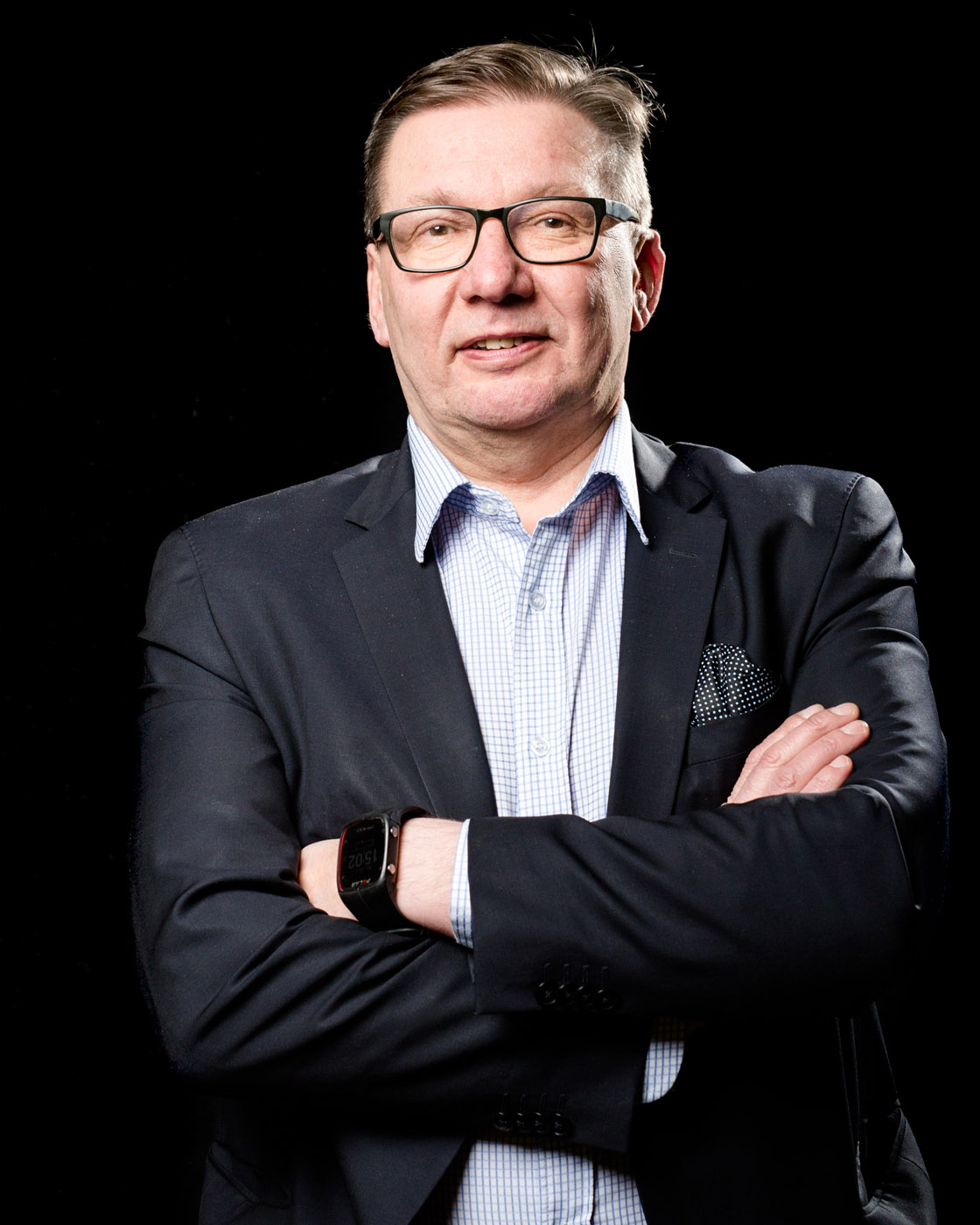
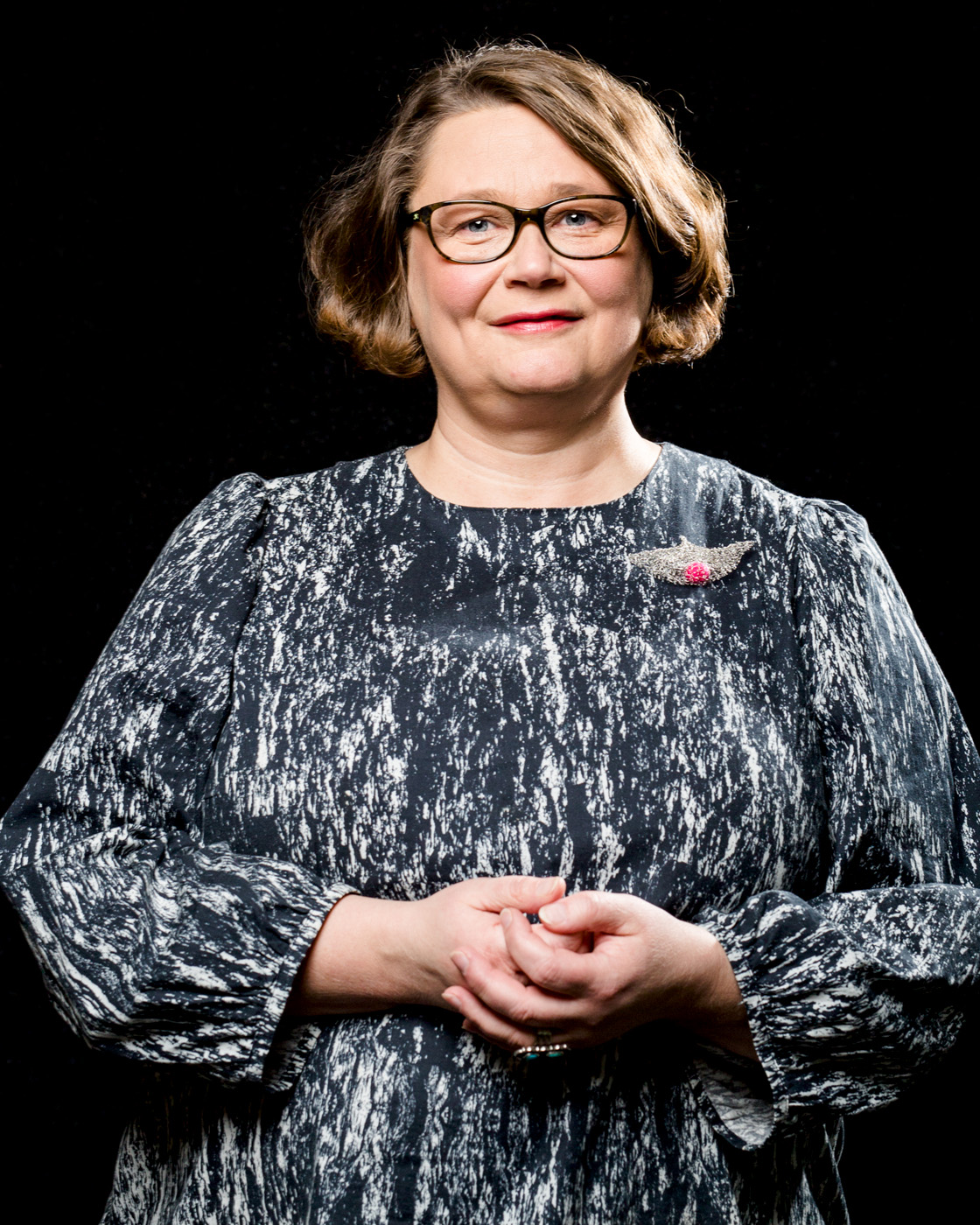
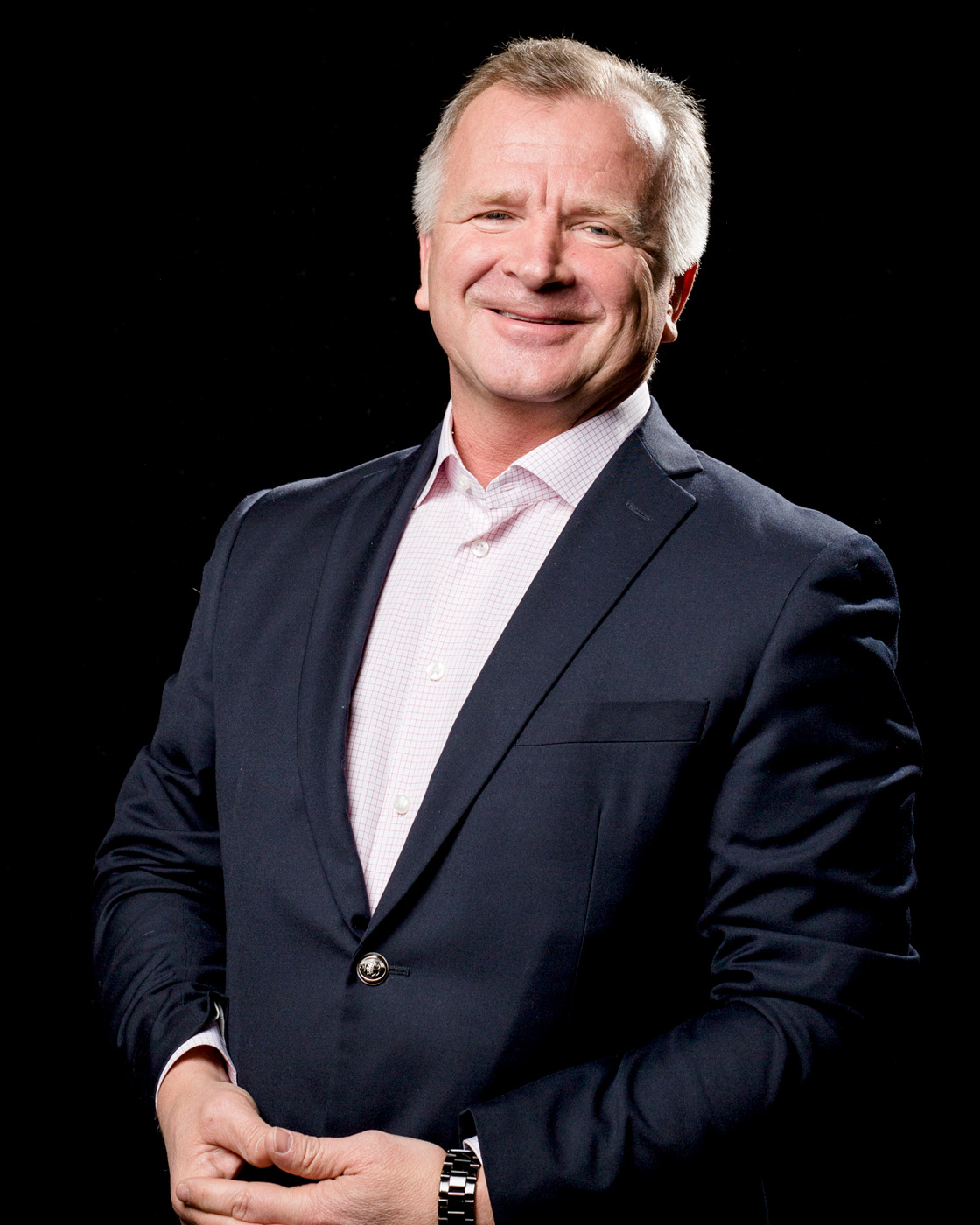
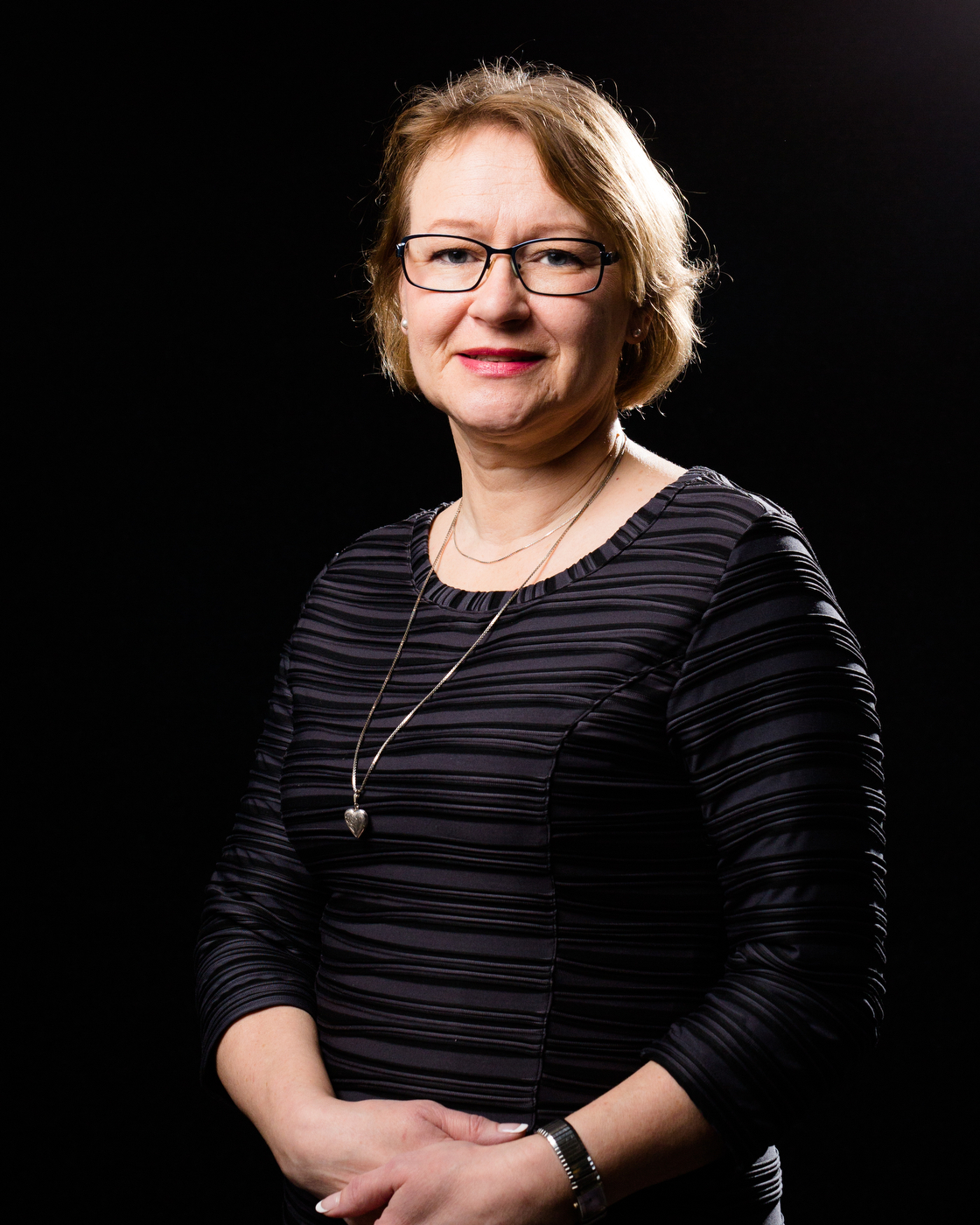

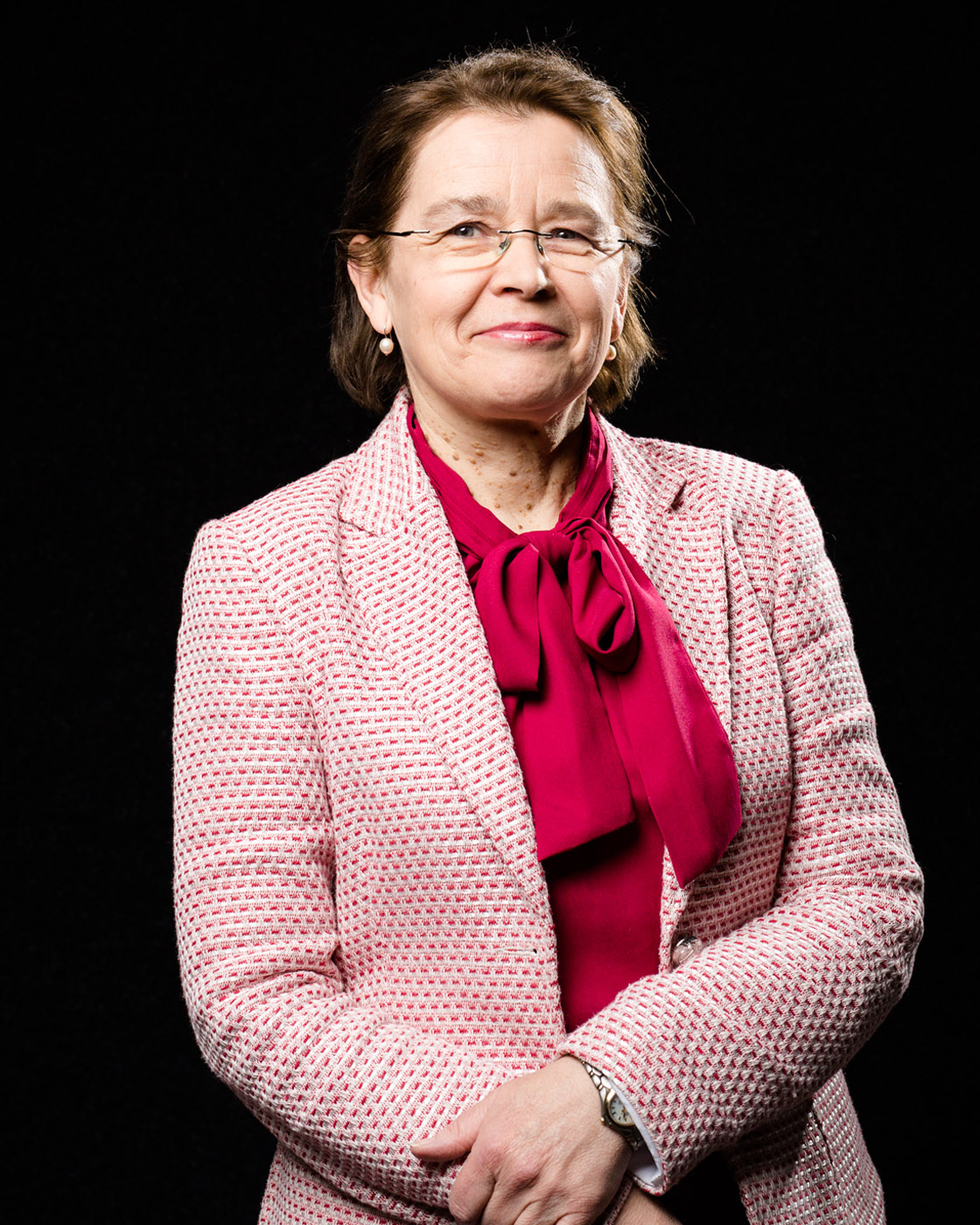

LATEST